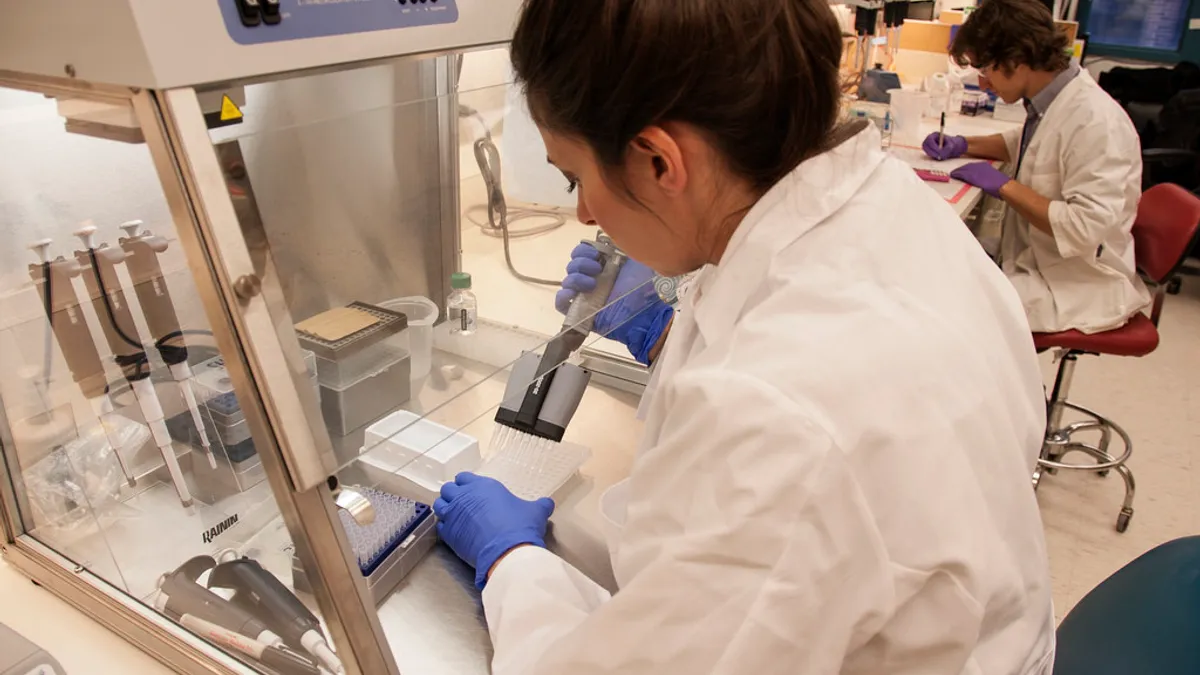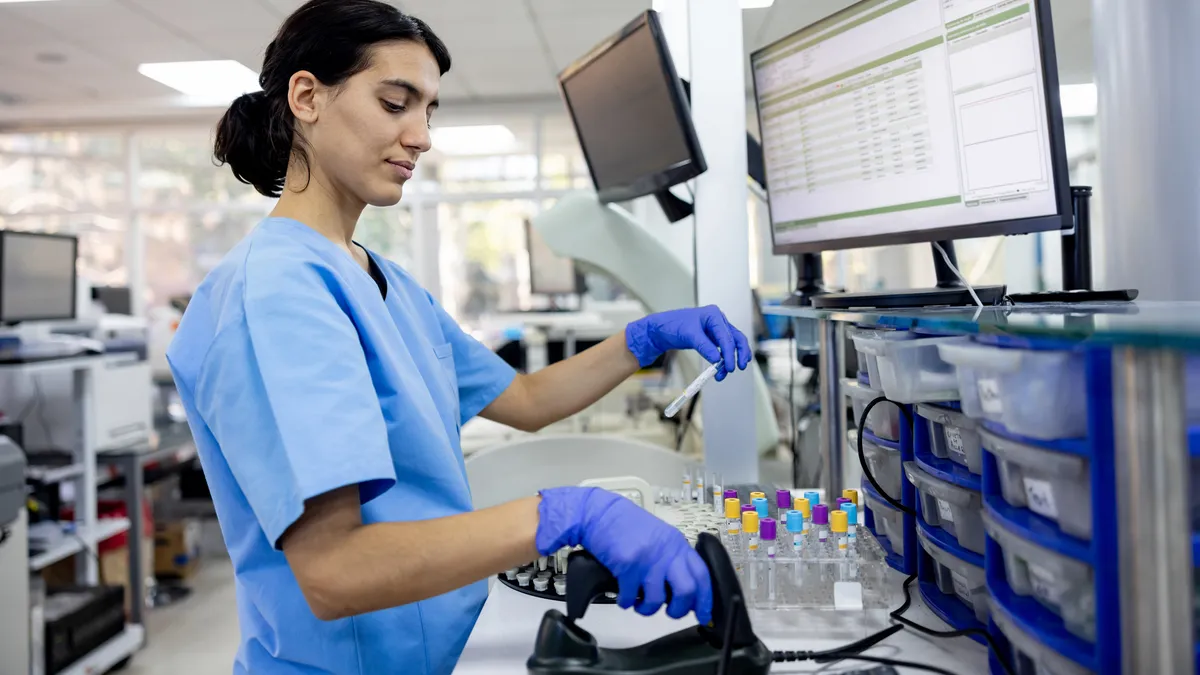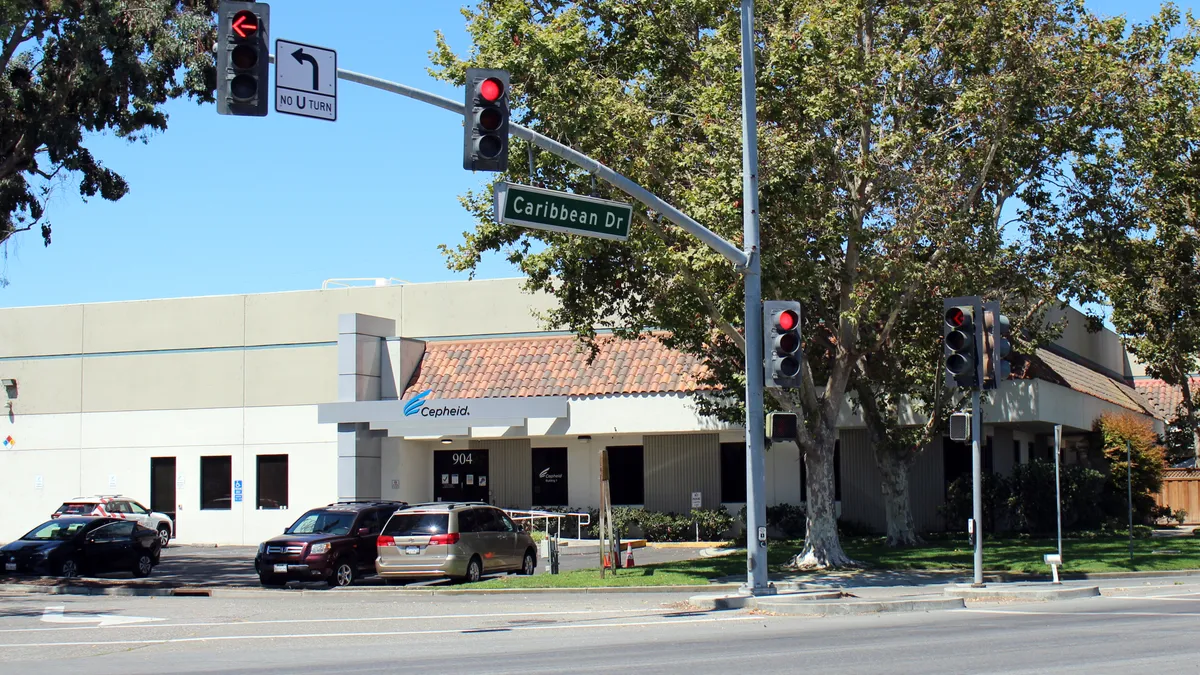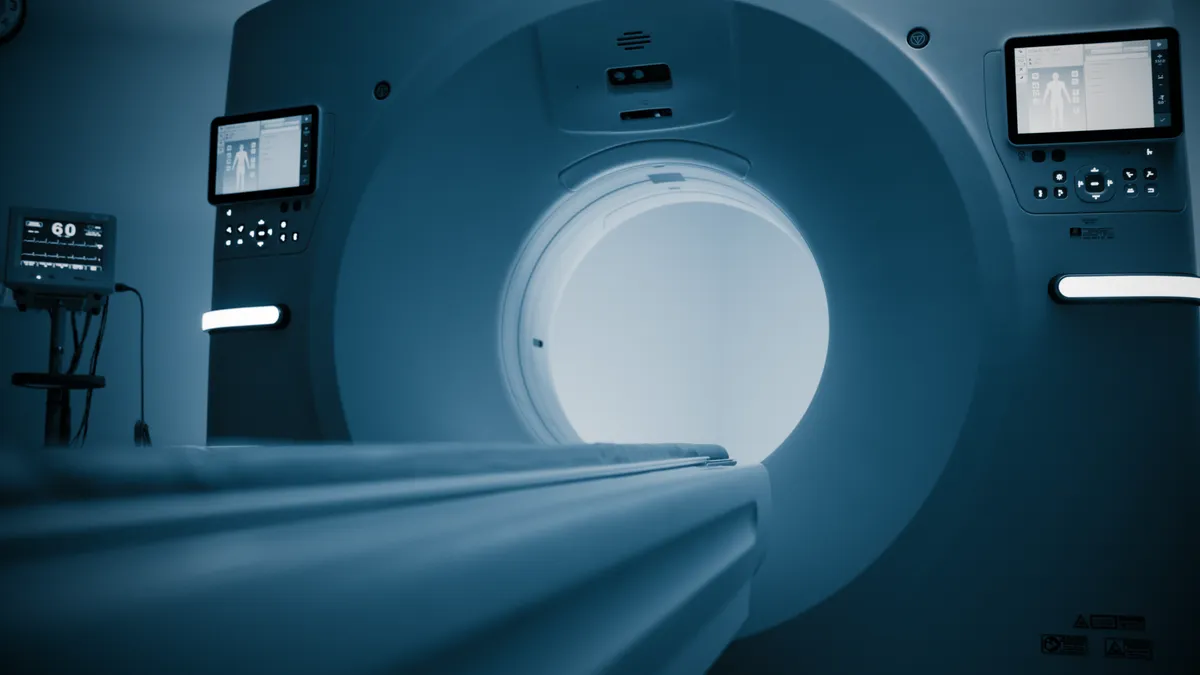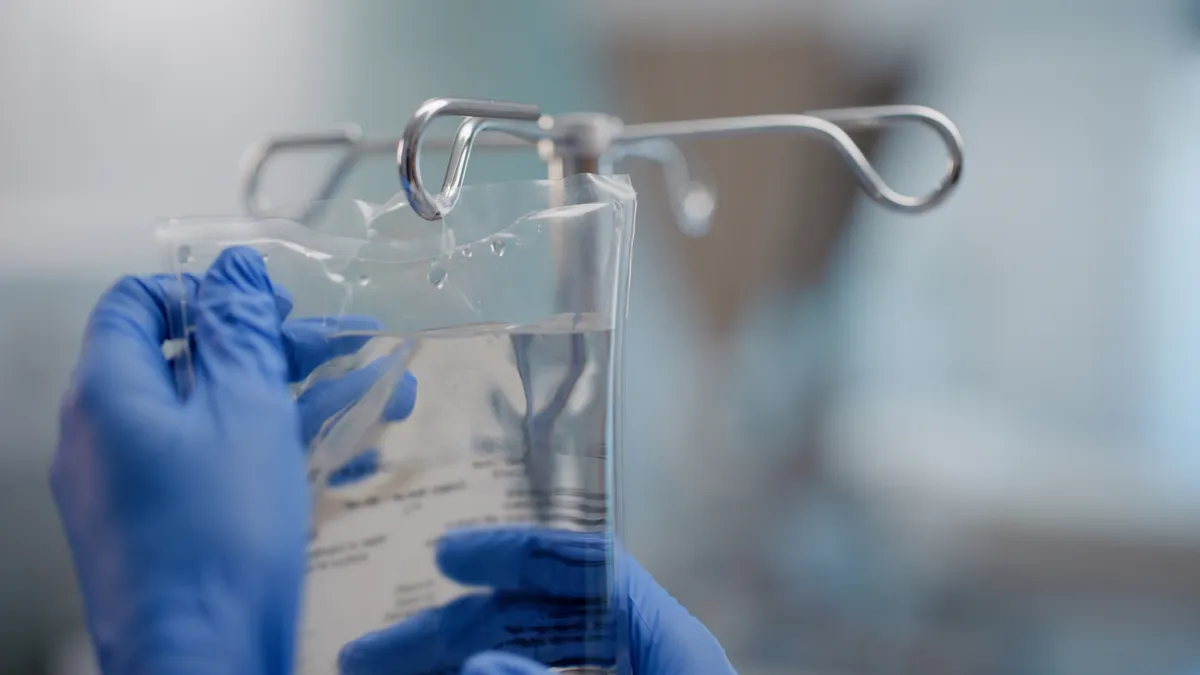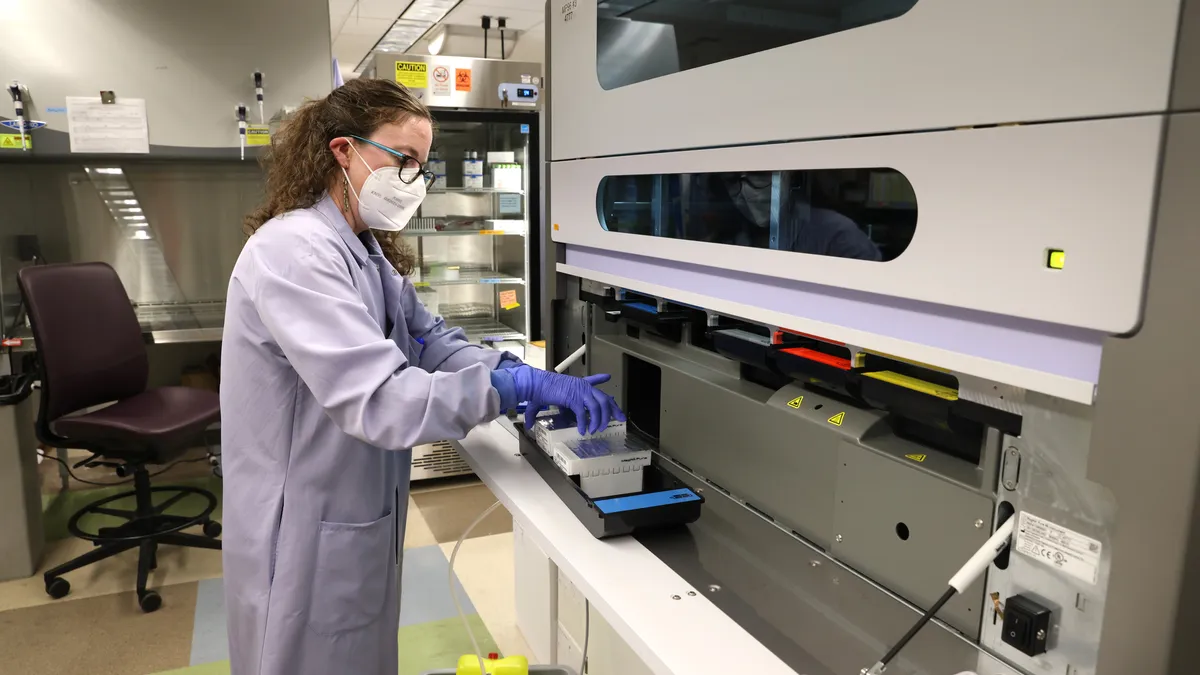After years of industry infighting, hostility to FDA efforts and congressional inaction, a range of stakeholders are rallying around legislation to overhaul how the agency oversees laboratory developed tests (LDTs).
The bipartisan draft Diagnostic Accuracy and Innovation Act (DAIA) was introduced in March 2017 in the House.
In broad strokes, the bill empowers FDA to regulate LDTs with a new category of in vitro clinical tests (IVCTs), encompassing finished products such as test kits, and lab test protocols or LDTs. Test development and manufacturing would be regulated by a new FDA center, lab operations would be overseen by CMS and medical use would continue to be overseen by individual states.
The bill builds on the work of a group that included LabCorp, Roche and other industry members from both clinical labs and in vitro diagnostic test kit manufacturers known as the Diagnostic Test Working Group. In the House, it's being shepherd by one architect of the 21st Century Cures Act, Rep. Diana DeGette, D-Colo., alongside Rep. Larry Bucshon, R-Ind.
In the latest development, comments were due Monday to bill sponsors in both the House and Senate in response to FDA's own feedback on the bill. The agency submitted to lawmakers 59 pages of comments in technical assistance (TA), outlining a precertification path for certain tests among other suggestions.
The American Clinical Lab Association, which represents companies most impacted by any changes, is still on board with the underlying bill — but took aim at the FDA comments.
The lab group questioned the agency's ability to regulate the lab tests as medical devices, arguing that IVCTs should be regulated separately in a new diagnostic-specific center. It also argues that FDA's transition period does not set a timeline for new IVCT regulations to be promulgated, allowing the agency to require IVCTs to adhere with device provisions in the interim.
"We note that rather than providing technical amendments to [the bill], FDA has drafted a distinctly different framework. ACLA recognizes that the FDA TA offers valuable insight into the priorities of FDA and certain concepts that could be incorporated into the Discussion Draft. However, given the many questions and concerns raised by the TA, ACLA believes that the framework set forth in the DAIA Discussion Draft should remain the starting point," ACLA said.
FDA tells MedTech Dive that while it does not specifically comment on pending litigation, it backs a legislative solution that advances public health. It also stood by its authority to regulate the tests.
While "excessive oversight can discourage innovation," inconsistent oversight in the market can make it difficult for high-quality test developers to compete with poorer performers, the agency said.
"FDA has the authority and ability to effectively regulate LDTs and conventional IVDs through our existing framework, but decided we would not issue guidance on the oversight of LDTs at the request of various stakeholders to allow for further public discussion on an appropriate oversight approach, and to give our congressional authorizing committees the opportunity to develop a legislative solution," spokesperson Stephanie Caccomo said in an email.
AdvaMed's diagnostics arm is more enthusiastic about FDA's TA, arguing it is critical that all diagnostic tests are regulated in a consistent fashion. Of note, AdvaMed represents in vitro diagnostic test kit makers who already fall under more rigorous FDA oversight.
The Pew Charitable Trusts also appears to back FDA's approach, saying it "would subject diagnostic tests to the same regulatory regime regardless of where they are assembled, and would establish regulatory requirements based on a test’s risk."
Elizabeth Jungman, director of Pew Charitable Trusts' Public Health Programs, said that while certain provisions "raise questions," it contains a process to examine exempted tests if needed.
Lawmakers are pushing for action on the bill by the end of 2018, one congressional staffer said. That timeline was echoed by a variety of industry groups in an Aug. 8 letter to the leadership of both the House Energy and Commerce Committee and the Senate HELP Committee. The next step will be a fall E&C health subcommittee hearing after FDA's technical assistance and further input from industry are considered.
How we got here
Diagnostics now enter the market through two paths. IVDs are made by device makers and approved or rejected by FDA, while LDTs do not have premarket review by FDA, according to Pew. FDA historically maintained that it could oversee LDTs as medical devices under the Federal Food, Drug, and Cosmetic Act, but it chose to exercise enforcement discretion.
"This regulatory structure undermines the incentive for test developers to invest in robust premarket clinical research, and can result in tests that are neither accurate nor reliable being introduced into the health care system. LDTs are also not subject to adverse event reporting requirements, so it can be difficult to know if patients have been harmed as a result of an inaccurate test," Pew said in comments to lawmakers Monday.
In 2010, then-FDA Commissioner Margaret Hamburg and NIH Director Francis Collins wrote in The New England Journal of Medicine that personalized medicine increasingly relies on diagnostic tests that have not been "independently reviewed for accuracy and reliability by the FDA," indicating the agency would be more active overseeing LDTs moving forward.
In June 2013, ACLA filed a citizen petition arguing that FDA should not define LDTs as medical devices and refrain from issuing regulations "purporting to regulate LDTs as devices."
ACLA's fight over how LDTs are regulated continues today: the group remains concerned that FDA's latest TA would allow the agency to apply its medical device framework to IVCTs.
"IVCTs, including LDTs, are not devices. Like the FDA's 2014 draft guidance, the TA is attempting to fit the square peg of IVCTs into the round hole of a medical device framework that was never designed for them. By contrast, DAIA [the latest legislation] creates a new framework specifically designed for IVCTs," ACLA wrote Monday.
The FDA formally issued two draft guides in October 2014, spurring pushback from a swath of the healthcare community.
Industry groups including ACLA, the American Hospital Association and the American Medical Association wrote to Hamburg in 2014 that FDA's effort to "establish new and significant regulatory requirements" could potentially disrupt the healthcare system and argued it was on shaky legal ground.
After the 2016 election, President Barack Obama's FDA gave up on its efforts to finalize the draft guidances after reviewing more than 300 comments, instead releasing a discussion paper on LDTs in January 2017 outlining the feedback. In the paper, FDA suggested that it could grandfather currently-marketed LDTs and create a new risk-based approach to regulating new or modified tests.
FDA Commissioner Scott Gottlieb, once in office, pledged to work with Congress toward a legislative solution to bring LDTs under FDA regulation. The FDA chief told an AdvaMed conference last year the agency could potentially apply its software premarket certification program to LDTs, an idea that made it into FDA's new TA a year later.
While the FDA's technical assistance seeks to smooth the regulatory path for certain tests with a precertification process, this pathway would exclude, for example, first-of-a-kind IVCTs and those for home use.
At the same time, the FDA still wants the chance "when appropriate, to remove an IVCT from the market" to protect patient safety.
FDA's approach advocates for a "balanced, risk-based regulatory approach," while keeping all IVCTs under FDA oversight for analytical and clinical validity.
ACLA raised concern FDA's TA language would grant overly-wide discretion to FDA to require a premarket submission for grandfathered tests, allowing the agency to "claw back" such tests "without basis in meaningful standards."
"This provision provides FDA extremely wide discretion to require a premarket submission for grandfathered tests, leaving laboratories no transparent, objective standard to rely upon in determining whether any test will truly be grandfathered," ACLA wrote.
While a consensus seems to be building, there are still wrinkles to be ironed out.
"I think in the past we have brokered agreement between the two sides on issues such as risk classification, grandfathering and the new center requirements under the FDA," a congressional staffer told MedTech Dive. "When you look at the historical measure of bipartisan legislation, this has taken that process to a T."
Perhaps unsurprisingly, AdvaMed's diagnostics arm is backing both the bill and the FDA comments in large part because the legislation would create a framework that regulates all clinical diagnostic tests.
"We did find this point in time to be one in which we have heightened alignment among key stakeholders, and I think that is a new dynamic when it comes to the pursuit of diagnostics reform. We're pleased that many of our colleagues in the lab industry, that many of our colleagues in the patient arena and some of our provider colleagues share that perspective, that goal of having diagnostics reform," AdvaMedDx Executive Director Susan Van Meter told MedTech Dive.
The road to passage before the end of the year is muddied despite DeGette's acumen pushing bipartisan packages across the finish line.
While an end-of-the-year "Christmas tree" bill may be a legislative vehicle, a crowded legislative schedule that includes a Supreme Court battle and midterm elections on the horizon may get in the way.


